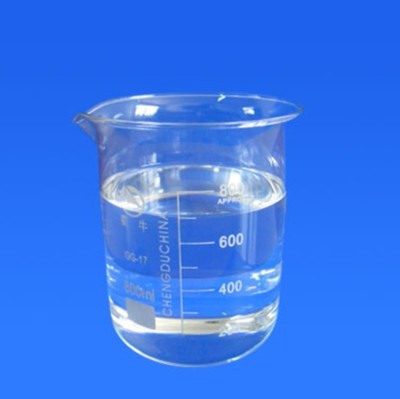Ethylene glycol ether is an ethylene glycol monoether compound. The structure of ethylene glycol monoether compounds contains ether bonds, hydroxyl groups and different alkyl groups. It is water-soluble and can dissolve organic molecules, synthetic polymers and natural polymers. It is a versatile green solvent and is widely used. As an industrial solvent, it can also be used as antifreeze, surfactant, printed circuit board adhesive, skin care additive, etc. It has broad application prospects in industry.

Preparation of ethylene glycol ether
Dissolve 46.0gMg(NO3)2·6H2O and 13.1gCo(NO3)2·6H2O in 100ml distilled water, then add 1.4gLa(NO3)3·6H2O to obtain a salt solution, mix the obtained solution with 25% by weight of concentrated ammonia water in a co-current dropwise manner, adjust the pH of the mixed solution to 9, react at constant Disman pressure and 40°C for 1 hour, then cool to room temperature, and then age. 20h, follow the usual suction filtration, washing, drying, and roast at 500°C for 4h to obtain a block catalyst, which is crushed to 40-60 mesh to obtain the required catalyst, labeled GM1.
Place the prepared catalyst GM1 in a tubular membrane in a continuous membrane reactor, and purge nitrogen outside the membrane; under normal pressure conditions, the molar ratio is 3: 1 ethanol and ethylene oxide undergo a gas phase ethoxylation reaction. The ethanol is first vaporized in a 90°C preheater, the membrane reactor temperature is maintained at 100°C, and the gas space velocity is 1.5×103ml·g-1·h- 1. Ethylene glycol ether can be prepared.
Application of ethylene glycol ether
CN201610714512.3 discloses a preparation process of ethylene glycol ether acetate, using ethylene glycol ether and acetic acid as raw materials, and using a solid acid catalyst to perform fixed-bed continuous esterification Reaction, the esterification temperature is 70-150°C, and the water generated in the esterification reaction is removed by azeotropic distillation; the esterification reaction product is distilled to remove and recover unreacted ethylene glycol ether and acetic acid to obtain ethylene glycol. Ether acetate. When preparing solid acid catalysts, using modified nanodiatomaceous earth can reduce the occurrence of side reactions and improve the purity of crude ethylene glycol ether acetate. The preparation process provided by the invention is simple, realizes the continuous production of ethylene glycol ether acetate, and has high production efficiency; it uses a solid acid catalyst to reduce the occurrence of side reactions and will not corrode reaction equipment.

 微信扫一扫打赏
微信扫一扫打赏

